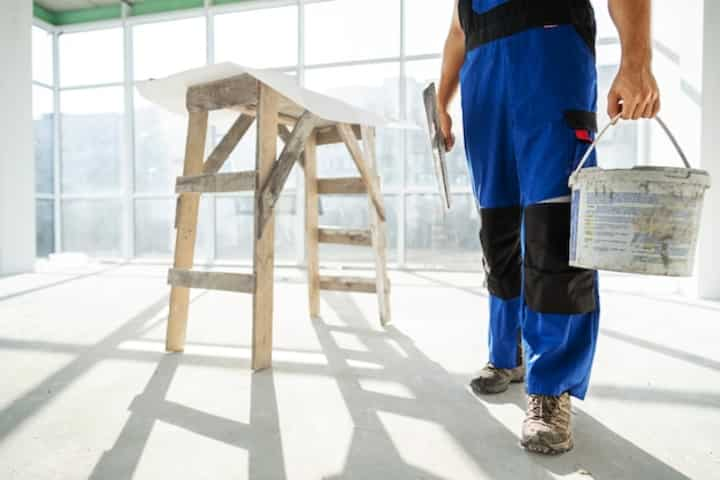
Enhance Roads with Lime Soil Stabilization Services
Roads are essential infrastructure that facilitates transportation and connectivity. However, they are constantly subjected to various environmental conditions that can lead to degradation over time. To ensure durability and longevity, one effective method that has gained popularity is lime soil stabilization. This technique enhances the structural integrity of roads, making them more resilient against adverse conditions. As an innovative approach, lime soil stabilization plays a crucial role in modern road construction and maintenance strategies.
Understanding Lime Soil Stabilization
Lime soil stabilization involves the application of lime to soil to improve its physical properties. It is particularly effective in enhancing the strength, durability, and stability of soils that are typically weak or problematic. This process alters the chemical composition of the soil, resulting in improved load-bearing capacity and reduced susceptibility to swelling and shrinking.
Key Benefits of Lime Soil Stabilization
- Improved Load-Bearing Capacity: Lime-treated soils exhibit increased strength, making them capable of supporting heavier loads without deformation.
- Reduced Plasticity: Lime reduces the plasticity of soils, minimizing their tendency to expand or contract with changes in moisture content.
- Enhanced Durability: Roads stabilized with lime are more resistant to weathering and degradation, leading to longer service life.
- Cost-Effectiveness: By reducing the need for frequent repairs and maintenance, lime stabilization offers a cost-efficient solution for road construction projects.
Applications of Lime Soil Stabilization
Lime soil stabilization is versatile and can be applied in various scenarios. It is commonly used in the construction of highways, rural roads, and airport runways. This technique is also beneficial in areas with expansive clays or other problematic soils that pose challenges to traditional construction methods.
Process of Lime Soil Stabilization
The stabilization process involves several key steps:
- Soil Assessment: A thorough analysis of the soil is conducted to determine its properties and the appropriate lime dosage.
- Lime Application: Lime is evenly spread over the soil surface and mixed thoroughly using specialized equipment.
- Compaction: The treated soil is compacted to achieve the desired density and strength.
- Curing: The stabilized soil is allowed to cure, during which time it gains strength and durability.
For a deeper understanding of the lime soil stabilization process, read more about this topic.
Environmental and Economic Considerations
Lime soil stabilization is not only effective but also environmentally friendly. The use of lime reduces the need for non-renewable resources such as asphalt or concrete. Additionally, it minimizes the environmental impact by reducing the carbon footprint associated with road construction.
Economically, lime stabilization can lead to significant savings. By extending the life of roads and reducing maintenance needs, it offers a cost-effective alternative to traditional construction methods. Learn more in this detailed guide.
Challenges and Considerations
Despite its many advantages, lime soil stabilization requires careful planning and execution. Factors such as soil type, weather conditions, and proper lime application are critical to the success of the stabilization process. It is essential for engineers and construction professionals to have a thorough understanding of these factors to ensure optimal results.
For more detailed insights into overcoming these challenges, explore further insights here.
Conclusion
Lime soil stabilization offers a robust solution for enhancing road infrastructure. By improving soil properties and increasing durability, this method ensures roads are better equipped to withstand the challenges posed by environmental stresses. As road construction continues to evolve, lime stabilization remains a vital component in the pursuit of sustainable and resilient infrastructure. Find additional information here.